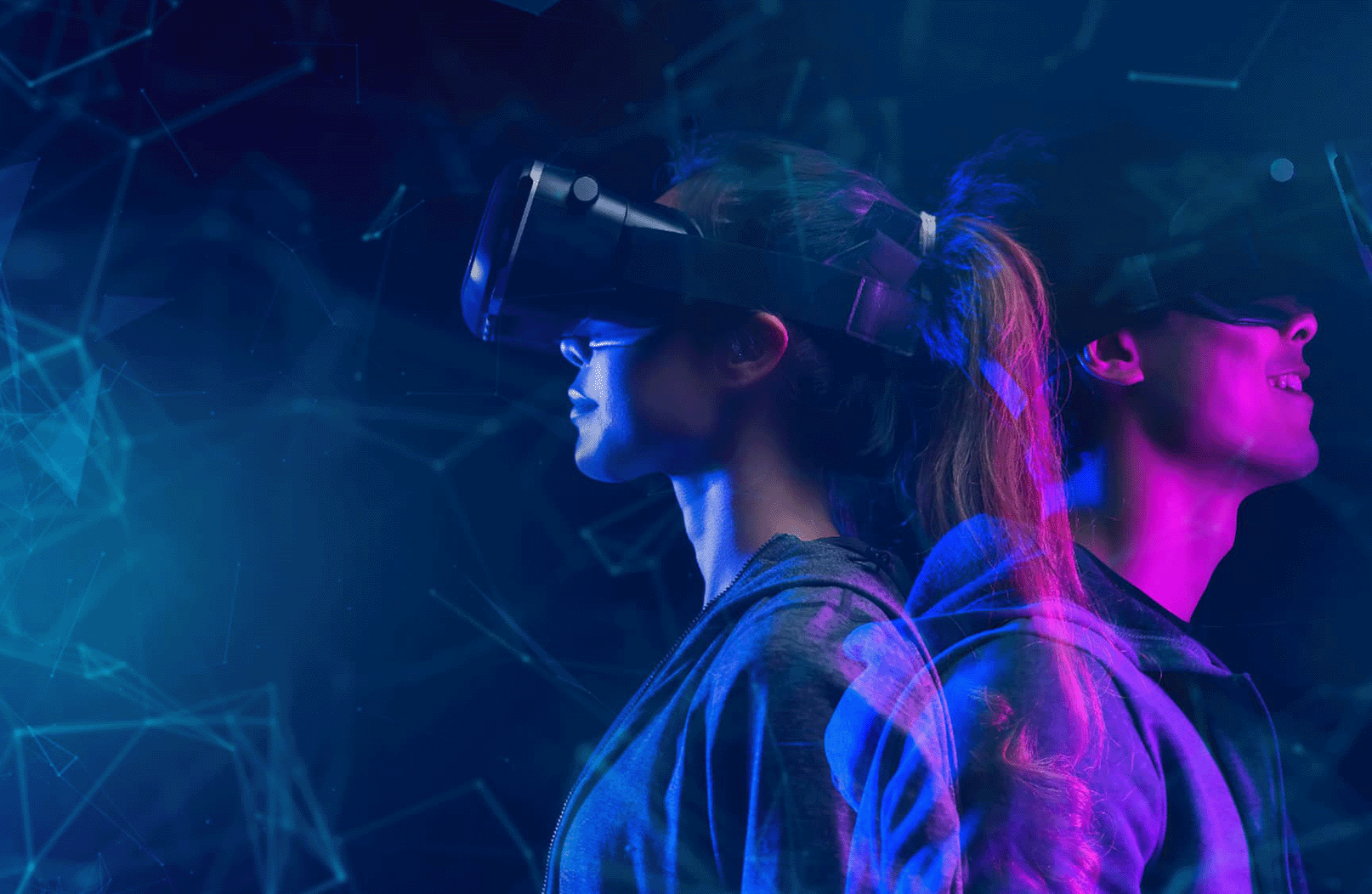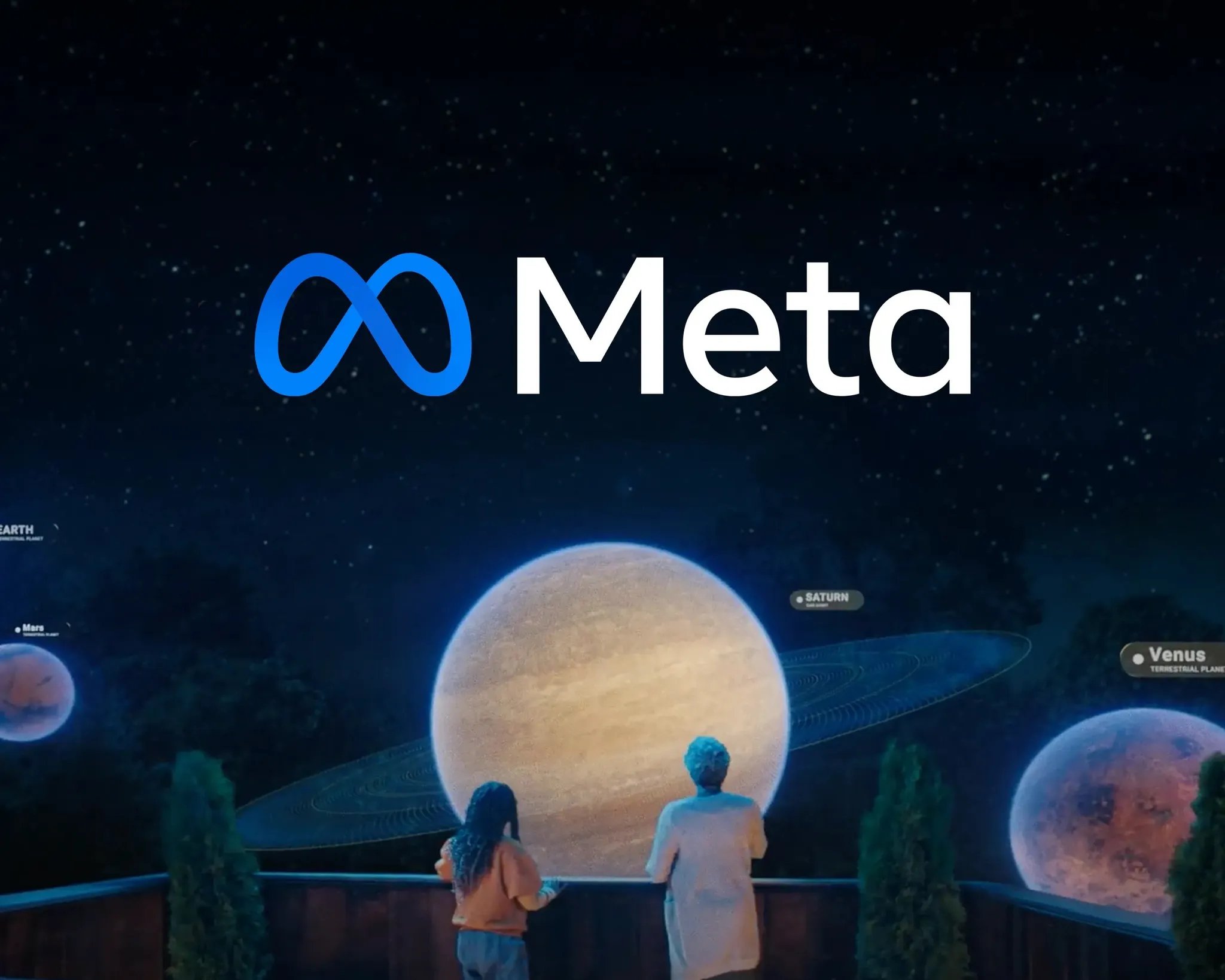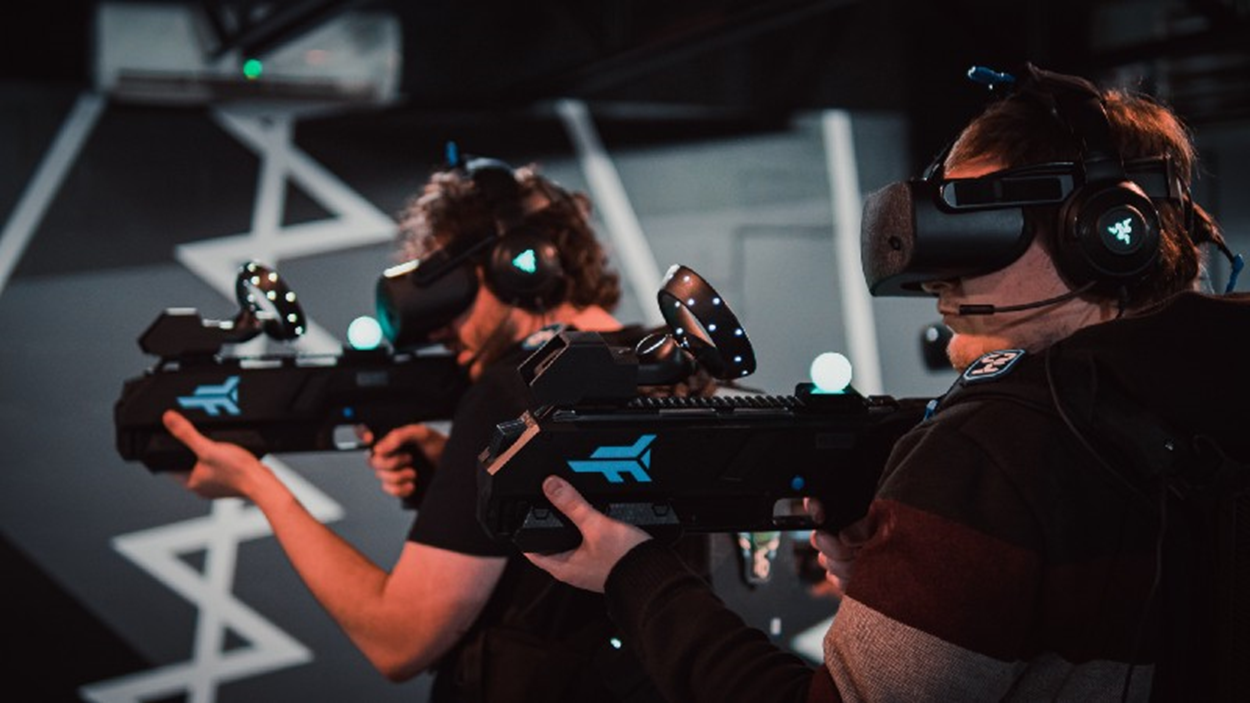What exactly is the Metaverse?
Ever since Facebook rebranded itself as Meta, discussions and debates on what Metaverse is has been doing the rounds.
A few days ago, an NFT-based metaverse real estate company named Metaverse Group bought a parcel of land on a virtual real estate platform known as Decentraland for USD 2.43 million. It was the highest ever amount spent so far for virtual real estate.
Metaverse has suddenly become a major trending topic, even though the concept has been around for close to three decades.
However, the answer to “what is metaverse?” is not simple. This is because there is no metaverse as of now, and no one knows what it will be in the future.
“The Metaverse is a massively scaled and interoperable network of real-time rendered 3D virtual worlds which can be experienced synchronously and persistently by an effectively unlimited number of users with an individual sense of presence, and with continuity of data, such as identity, history, entitlements, objects, communications, and payments,” defines venture capitalist Matthew Ball in the foreword of his outstanding nine-part essay on metaverse — The Metaverse Primer.
Calling the metaverse a “quasi-successor state to the mobile internet”, he writes, “the Metaverse will not fundamentally replace the internet, but instead build upon and iteratively transform it.”
Because Metaverse is constantly developing, there is every possibility that it will be much grander and more immersive by the time it becomes a reality than how it is being imagined today.
The origin of Metaverse
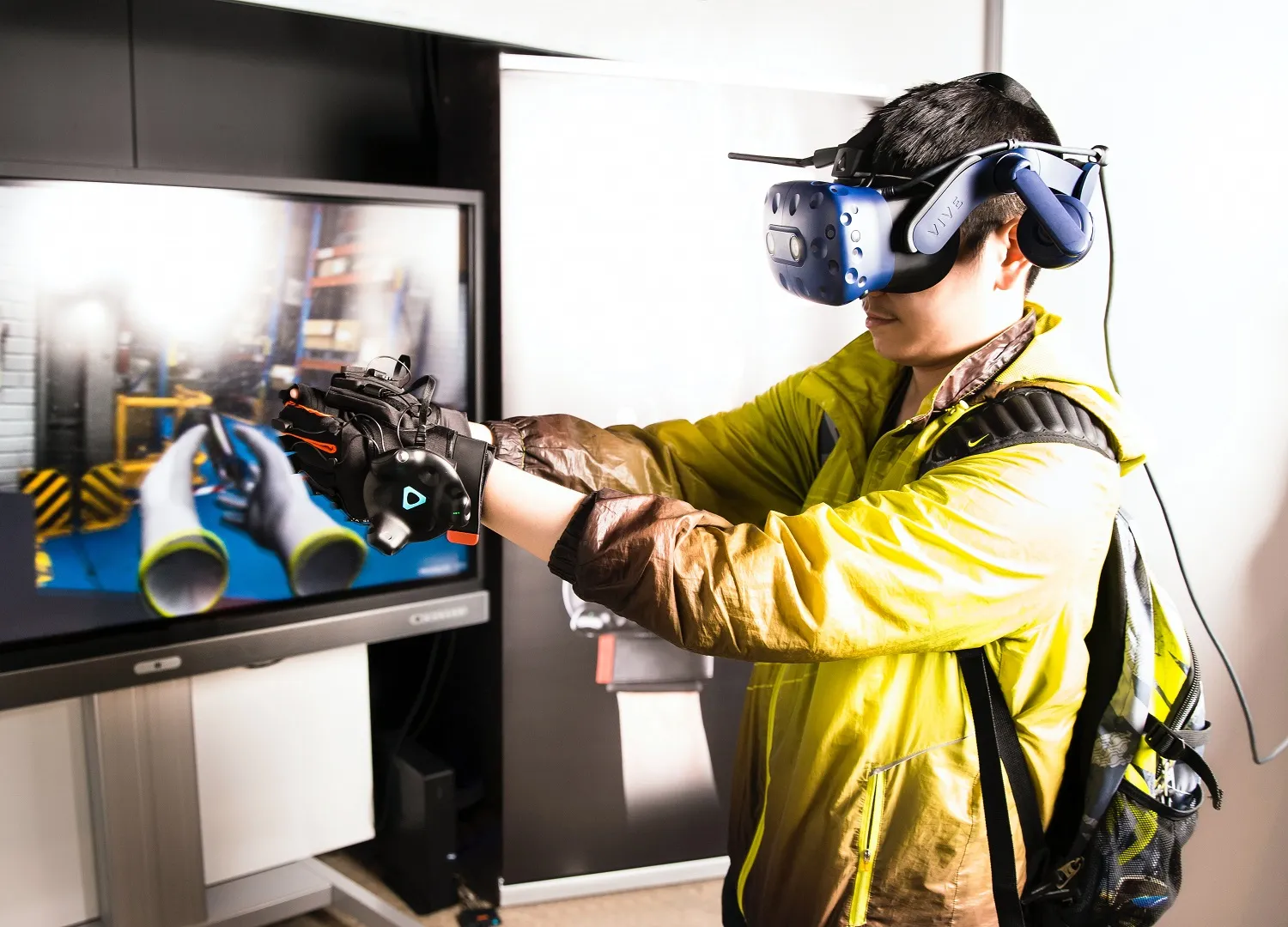
The word “metaverse” is a portmanteau of two words “meta-” and “verse”. The word “meta” is a prefix of Greek-origin meaning “beyond” while “verse” comes from the word “universe”.
It was first used in literature by Neal Stephenson in his 1992 dystopian novel Snow Crash. In the book, the metaverse is presented as the ultimate evolution of the internet — a kind of virtual reality where any virtual interaction can have a direct impact on the real world too.
The book pretty much sums up what the metaverse is. It’s a physically persistent virtual space where there are virtual avatars, digital social interactions, and gaming among many unique things that we associate with metaverse today. Snow Crash also underlines how the metaverse in the story affects developments in the real world of the protagonist, including a conspiracy that turns people, whose brains are connected to the virtual world, insane.
Since the release of the book, several other books, films and television shows have dabbled with the concept to varying degrees, including Steven Spielberg’s well-appreciated movie Ready Player One (2018), which was adapted from Ernest Cline’s 2011 novel of the same name.
The common thread in all is that the metaverse is a virtual reality wherein, depending on the advancement of the era, people will be able to do everything they do in real life.
What is Facebook’s idea of metaverse?
On 28 October 2021, Facebook announced that it has rebranded itself as Meta Platforms Inc., or Meta for short — a name it carefully picked to capitalise early on what will be the inevitable future of human connectivity and, perhaps, of life itself.
“The defining quality of the metaverse will be a feeling of presence — like you are right there with another person or in another place. Feeling truly present with another person is the ultimate dream of social technology. That is why we are focused on building this,” said CEO Mark Zuckerberg in his Founder’s Letter following the announcement.
Zuckerberg went a step further to give millions around the world a peek into what the metaverse can be expected to look and feel like in a 77-minute video.
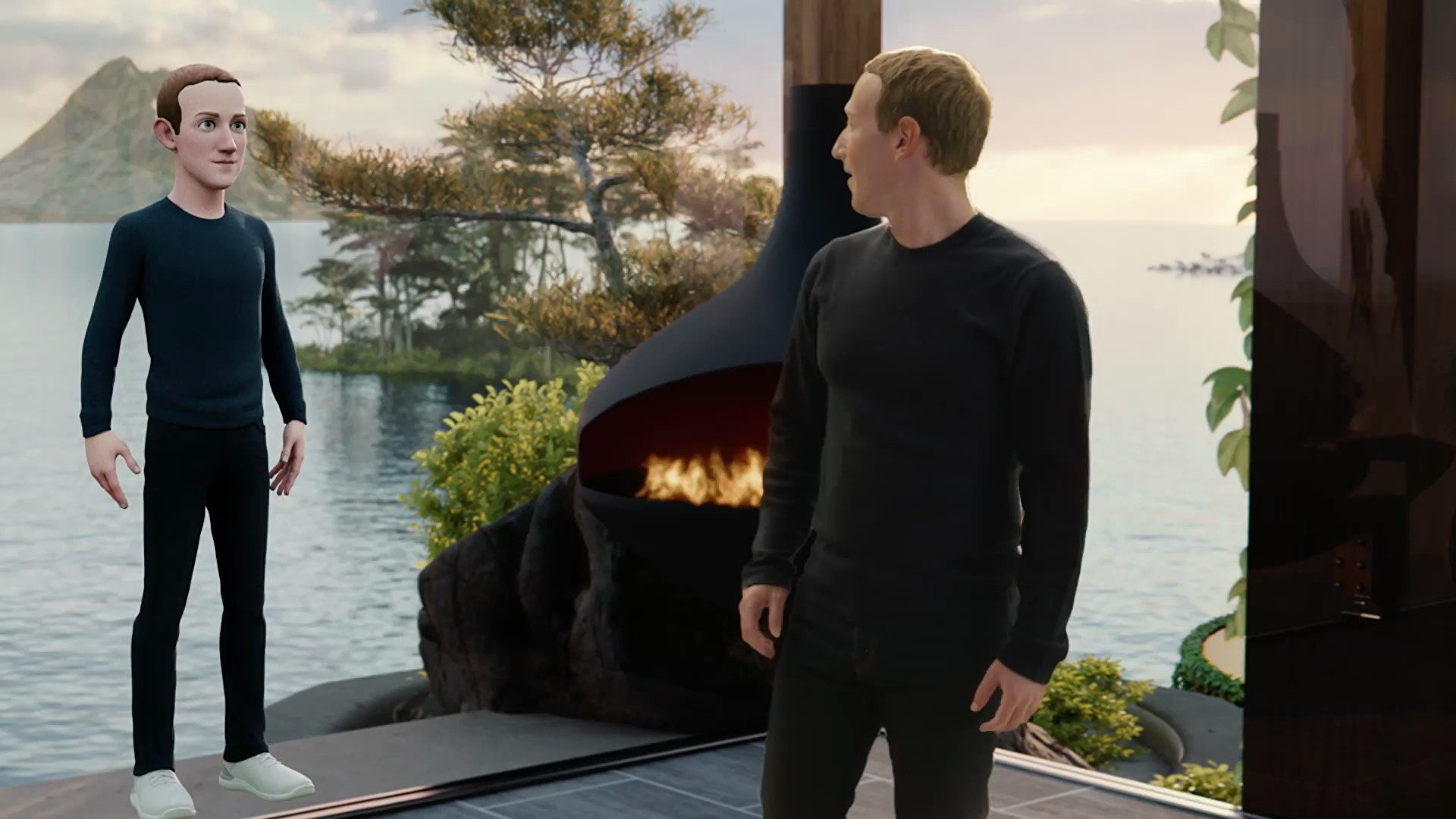
Zuckerberg showed a world that can be defined as a much higher level of virtual reality (VR) and augmented reality (AR). In the virtual space of the metaverse, everything people do in the real world is replicated.
A VR headset, or any other wearable gadget specifically designed for the purpose, will function as a gateway into this world.
Facebook’s idea of metaverse includes virtual avatars of people playing games, holding meetings, attending workshops, exercising, studying and socialising besides all kinds of activities that can be done in reality.
A larger and much grander metaverse can be extrapolated from this idea. It is, however, noteworthy that Zuckerberg believes it could take around 10 years for the metaverse to become mainstream. To think about it, that’s a short time.
Anyone else on it?
Microsoft is another major Big Tech player trying to build a metaverse. Its idea is called Mesh. One of its most interesting features is what the company calls “Holoportation”. Simply put, its users will be able to project their holographic selves to other users.
Its virtual and augmented realities can be best experienced with HoloLens devices — a unique gadget which can make the experience of ‘Holoportation’ altogether different. However, Mesh can also be accessed via VR headsets, mobile phones, tablets or PCs.

Initially, the projections will be in the form of animated avatars. Eventually, it will become a photorealistic lifelike projection. Something like how characters in Star Wars interact with each other via hologram projection.
Mesh is expected to roll out for Teams in 2022. Clearly, Microsoft has its focus on how routine work can be made more immersive in a metaverse.
Other metaverse platforms
More advanced metaverse platforms include Roblox and Fortnite. The former is particularly interesting.
Launched in 2006, Roblox has become so famous that over 50 percent of American children under the age of 16 played it in 2020, but it is more than just a game.
For comparison’s sake, imagine a fair where stalls allow visitors to play games. Roblox is like a huge fair in the virtual world. Its users can create their own games on the platform and monetise them to make real money by exchanging the virtual currency known as Robux that they earn on the platform.
Recently, Venture Beat reported that at the GamesBeat Summit Next event, the company’s chief of technology, Dan Sturman, said that Roblox is creating a metaverse around its players. That’s apparent because companies, such as Nike and the National Football League (NFL) entered the metaverse with NIKELAND — a virtual playspace — and Roblox store, respectively.
While Nike announced its partnership on 18 November, the NFL came out with its news ten days later.
Fortnite, on the other hand, is one of the biggest ‘competitors’ in the metaverse space. Launched by Epic Games in 2017, it began as an online multiplayer game and has now become a larger social media space with acclaimed musicians, such as Ariana Grande, performing concerts on its platform.
But have we experienced the metaverse already?

Avid gamers certainly have. The Sims, one of the world’s most famous games of all time, allowed players to experience a simulation of life through their virtual avatars when it was launched in 2000. Its several sequels and spin-offs have only made the whole “living in virtual reality” more immersive.
The Sims gave a glimpse of what a future metaverse experience could be like. In 2003, Linden Lab, an American tech company, launched an application known as Second Life. Both fans of virtual reality and experts credit Second Life for technically planting the seeds of the metaverse.
Second Life allows its users to experience exactly what its name suggests — a second life. Real people can create their 3D virtual avatars on the platform and do almost everything they can in the real world.
A world in itself, users of Second Life can interact with other users and form relationships through their virtual identities. They can organise, attend and express themselves through music and art, as well as use virtual objects in the environment and even contribute to building things within Second Life such as virtual buildings. They can attend religious seminars, concerts and business meetings.
Moreover, there are educational institutions and even embassies. In 2007, Maldives became the first country to open a virtual embassy in Second Life.
Users can buy and sell virtual items in Second Life using the platform’s own closed-loop digital currency — Linden Dollar, which should not be confused with a cryptocurrency.
Several games, including the multiplayer online role-playing World of Warcraft released in 2004, allow players to interact with each other. This is a form of social network where communities are developed around games.
AR and VR shaping the metaverse
The arrival of VR headsets, such as Oculus, has given a major boost to the idea of the metaverse. Games tailored for VR headsets are already making lots of money. According to Fortune Business Insights, the global virtual reality gaming market is projected to grow to USD 53.44 billion in 2028 from USD 7.92 billion in 2021.

A step further is AR, which is where the user’s perception of reality is enhanced with the use of technology. It is something like getting more data about an object in the real world while viewing it from an AR device or headset.
A classic way to understand this is to revisit the Marvel Cinematic Universe (MCU) films, featuring Iron Man. Robert Downey Jr.’s Tony Stark (aka our favourite Iron Man) repeatedly displayed tech that is beyond imagination even now. There are several scenes of him wearing the Iron Man suit and getting information and multiple visualisations on his heads up display (HUD) of things that he is seeing in real time. To a great degree, that is AR. However, these are films after all; Iron Man goes into realms of insanely advanced tech, which will take some more decades to become reality.
However, the speed at which the real world is trying to make VR/AR and metaverse a reality is indeed something. Apple Inc. is already into AR and claims to have “the world’s largest AR platform.” Multiple AR apps on the App Store can be used to do anything — from making Snapchat videos more fun to exploring 3D projects in AR.
Nreal, a Chinese AR company, created Nreal Light glasses in 2020 and will start shipping the cheaper Nreal Air glasses, starting December 2021 across China, Japan and South Korea. Moreover, consumer augmented reality glasses look like regular luxury fashion shades and make the experience of enhanced reality more exciting.
What’s the future of the metaverse?
The fact is that the metaverse will become as real and common as the internet. As we can see, it is but a matter of time.
When Epic Games founder Tim Sweeney was asked by CNN what he thought about the future of the metaverse, he said, “I think it will take a decade or more to really get to the end point, but I think that is happening.”
At the same time, Sweeney said, “The metaverse isn’t going to be created by one company. It will be created by millions of developers each building out their part of it.”
So, in other words, the metaverse is still being constructed brick by brick and everyone will have a hand in its creation.
Some warnings
Pokémon Go creator John Hanke called metaverse a “dystopian nightmare” in the title of his blog published on 10 August 2021 on the website of his company, Niantic.
While drawing attention to the core plot of the famous novels by Gibson and Cline, Hanke wrote, “A lot of people these days seem very interested in bringing this near-future vision of a virtual world to life, including some of the biggest names in technology and gaming. But in fact, these novels served as warnings about a dystopian future of technology gone wrong.”
One of the biggest red flags comes from the inventor of AR — Louis Rosenberg. Writing for Big Think, Rosenberg says that it could be a “dystopian walk in the neighbourhood.”
“After all, the shared experience we call ‘civilized society’ is quickly eroding, largely because we each live in our own data bubble, everyone being fed custom news and information (and even lies) tailored to their own personal beliefs. This reinforces our biases and entrenches our opinions. But today, we can at least enter a public space and have some level of shared experience in a common reality. With AR, that too will be lost,” writes Rosenberg.
By the time metaverse becomes mainstream, maybe we will have systems like Starlink widely available to deliver high-speed data to the remotest corners of the planet. But even though the reach increases, metaverse might still struggle to entice people.
As Second Life creator Philip Rosedale told Time, “If you live a comfortable life in New York City and you’re young and healthy, you probably are going to choose to live there. If I offer you the life of an avatar, you’re just not going to use it very much. On the other hand, if you live in a rural location with very little social contact, are disabled or live in an authoritarian environment where you don’t feel free to speak, then your avatar can become your primary identity.”
